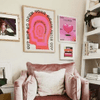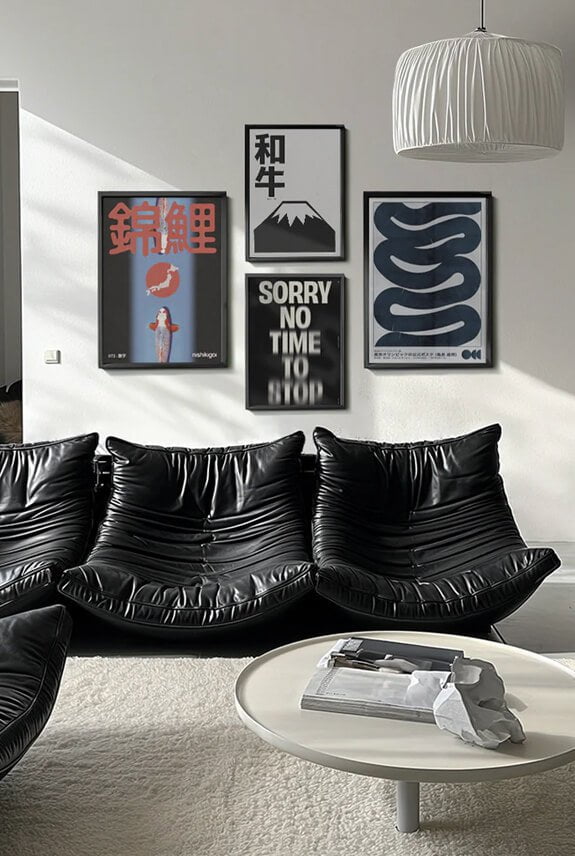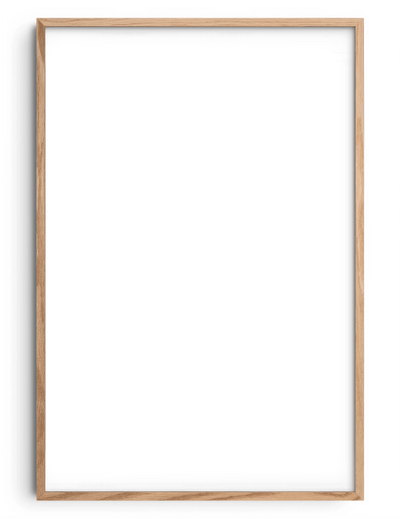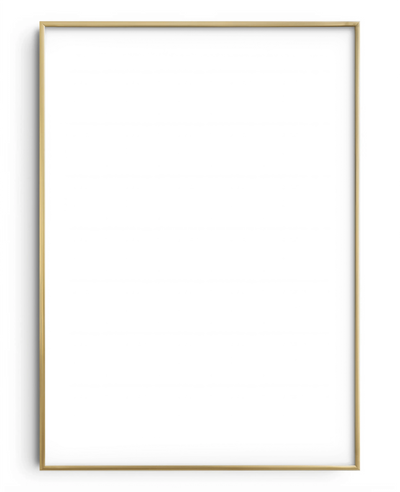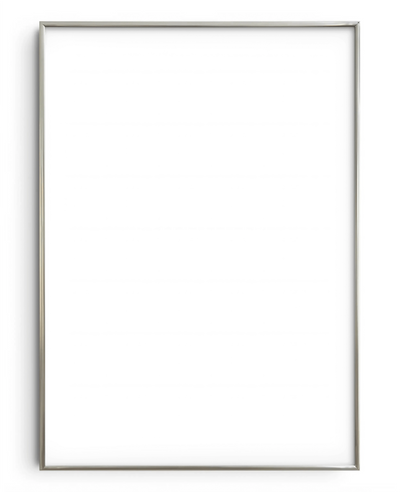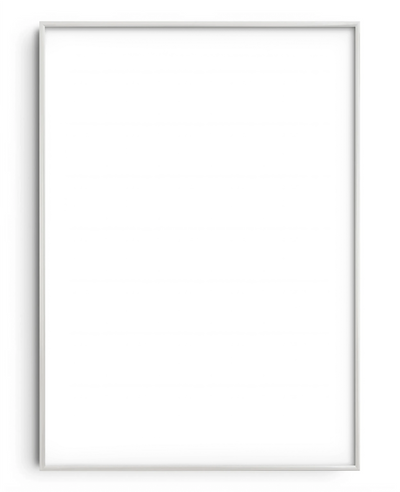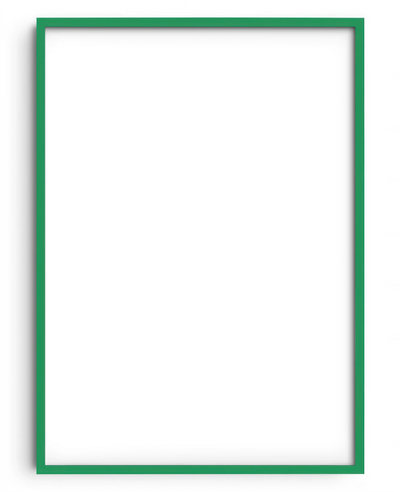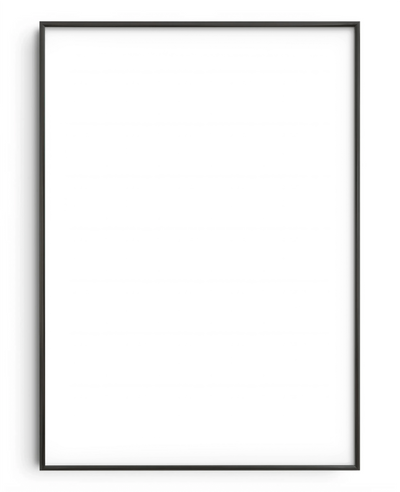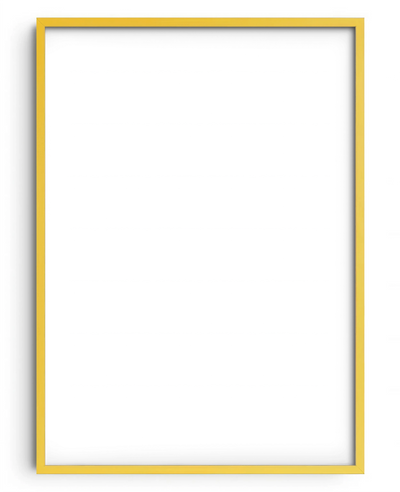In a world driven by fast trends and mass production, the principles of slow design offer a refreshing approach to decorating a home. Modern consumer culture often prioritises speed and convenience, leading to an overabundance of cheaply made, disposable goods. While many people find this convenient, this fast-paced consumption cycle contributes to environmental degradation and results in living spaces that lack personal character and have subpar longevity.
Slow design, on the other hand, advocates for a mindful and deliberate approach to decorating spaces, like own’s own home. It encourages you to slow down and consider the impact of your choices on both your living environment and on the planet. Slow design also promotes the selection of durable, well-crafted items that are beautiful and stand the test of time. This thoughtful curation process results in homes filled with pieces that have personal meaning and are made to last. Moreover, slow design rejects the fleeting nature of trends in favour of timeless aesthetics. Instead of constantly chasing the latest fad, it focuses on creating spaces that reflect individual style and values.
We at DROOL want to help you create a space that’s aesthetically pleasing, sustainable, and meaningful. Consider adopting slow design principles through these practices:
Discover Your Personal Style

Central to the slow design ethos is discovering and following your personal style. It allows you to be intentional with your decorating choices, ensuring that each item selected for your home aligns with your values and preferences. This intentionality also reduces impulse purchases and ensures that each addition contributes meaningfully to your space. Additionally, following your personal style allows you to infuse your personality into your living space. As a result, you create a sanctuary that resonates with who you are and what you love.
If you have yet to discover your personal style or taste in home decor, reflect on your preferences. Think about the colours, patterns, and textures that you naturally gravitate towards. Do you prefer warm, earthy tones or cool, neutral shades? Are you drawn to clean lines and simplicity, or do you enjoy intricate details and bold patterns?
You can also create a mood board by gathering images, fabric swatches, and other materials that inspire you. This could include pictures from magazines or photos of places and objects you love. As you collect these items, you'll start to see patterns and themes emerge that reflect your style.
Choose Sustainable Decor

When selecting sustainable decor, focus on items that enhance your space while minimising environmental impact. If you plan to create a gallery wall, for example, incorporate prints created using eco-friendly materials or techniques. You can find such pieces here on DROOL. We use paper products that are approved by the Forest Stewardship Council (FSC)—printing media that are not only responsibly and sustainably sourced but are also produced to exceptional archival standards. Printing on such media allows us to produce vibrant and sharp giclée art prints. On top of this, we also use water-based eco-inks that are both enduring and environment-friendly. These pigments result in prints with excellent depth of colour, longevity, and stability. In addition to adopting eco-conscious printing practices, we also advocate sustainability in our delivery process. While we may not have branches in every city where our customers are, we have print labs in the UK, US, Europe, and Australia. This allows us to deliver prints to customers from these places as quickly as possible while minimising our carbon footprint.
Invest in Premium Materials

Aside from using decor made from sustainable materials and practices, you can also invest in high-quality materials as a way to adopt slow design. With items made of premium materials, you can be sure that they don’t just add aesthetic value to your home but also ensure longevity and durability. DROOL art prints, as mentioned, are made with acid-free, archival-grade paper and inks, ensuring that you can enjoy them for years to come.
When sourcing furniture for your home, choose solid wood pieces that age beautifully and can withstand the test of time. It’s also best to look for certifications like those provided by the FSC to ensure you’re getting wooden furniture that’s sourced responsibly. For textiles, opt for natural fibres such as cotton, linen, silk, or wool for upholstery and soft furnishings. These materials are luxurious and biodegradable, making them environmentally friendly choices.
Support the Works of Emerging Grassroots Artists

Opting for decorative pieces made by emerging artists is another way to adopt slow design principles. Often, new artists offer a unique narrative that you may not find in mass-produced items. They also focus on the quality of their work. This intentional and thoughtful creative process by up-and-coming artists reflects the values of slow design.
Additionally, choosing works by emerging artists allows you to support mindful production. This is something we advocate for here at DROOL. We pride ourselves on producing prints in a made-to-order manner. This way, we dedicate our resources to prints that have predetermined owners, eliminating overproduction and the waste that goes with it.
Consider Functional Design for Everyday Living
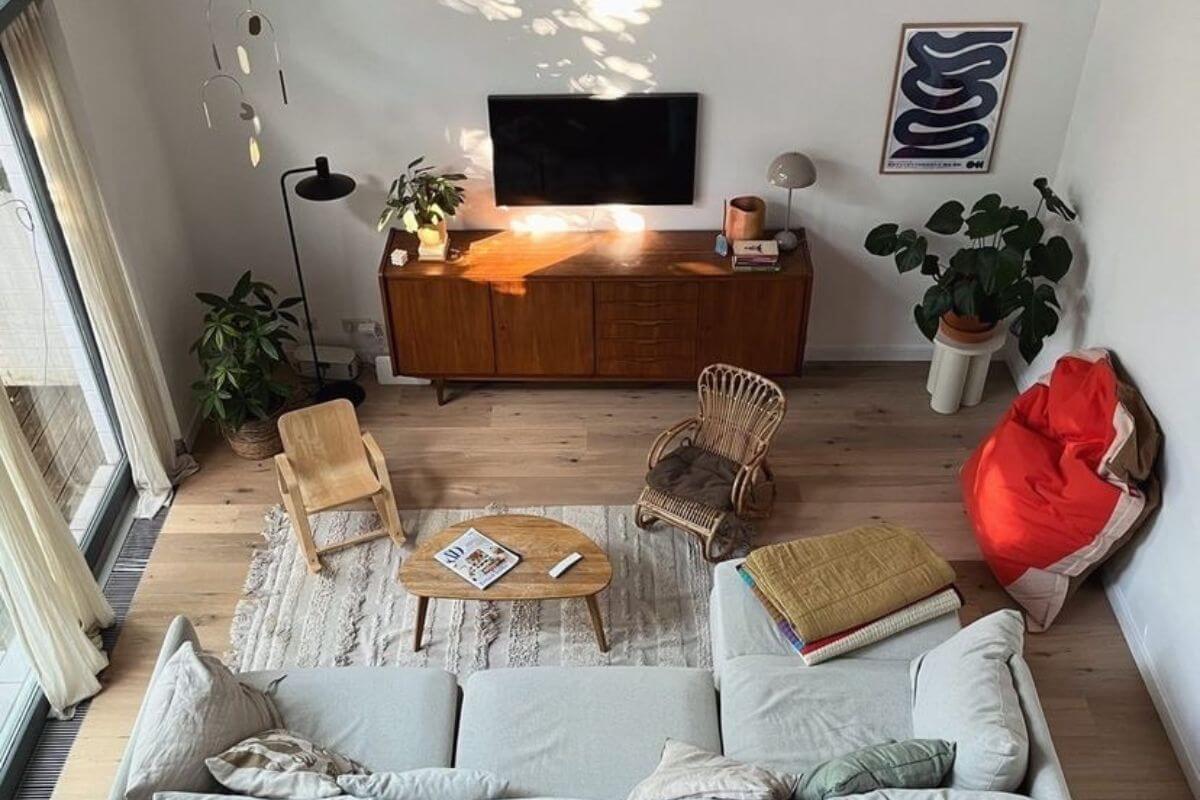
Another way you can adopt slow design principles when decorating your home is to select items with functional design. This allows you to create spaces that are stylish while enhancing the liveability of your home. For instance, choose ergonomic and multifunctional furniture that maximises space and enhances usability. Storage beds and extendable dining tables are just some examples of functional design solutions.
Functional design also includes floor space layouts. Make sure to optimise room layouts to facilitate ease of movement and functionality. Arrange furniture to create defined zones for different activities while ensuring flow and accessibility.
When you embrace slow design principles, you can create a home that reflects your personal style, respects the environment, and supports ethical craftsmanship. Whether you're redesigning a single room or embarking on a comprehensive home makeover, integrating these principles ensures that your home becomes a sanctuary of beauty, comfort, and conscientious living.






















